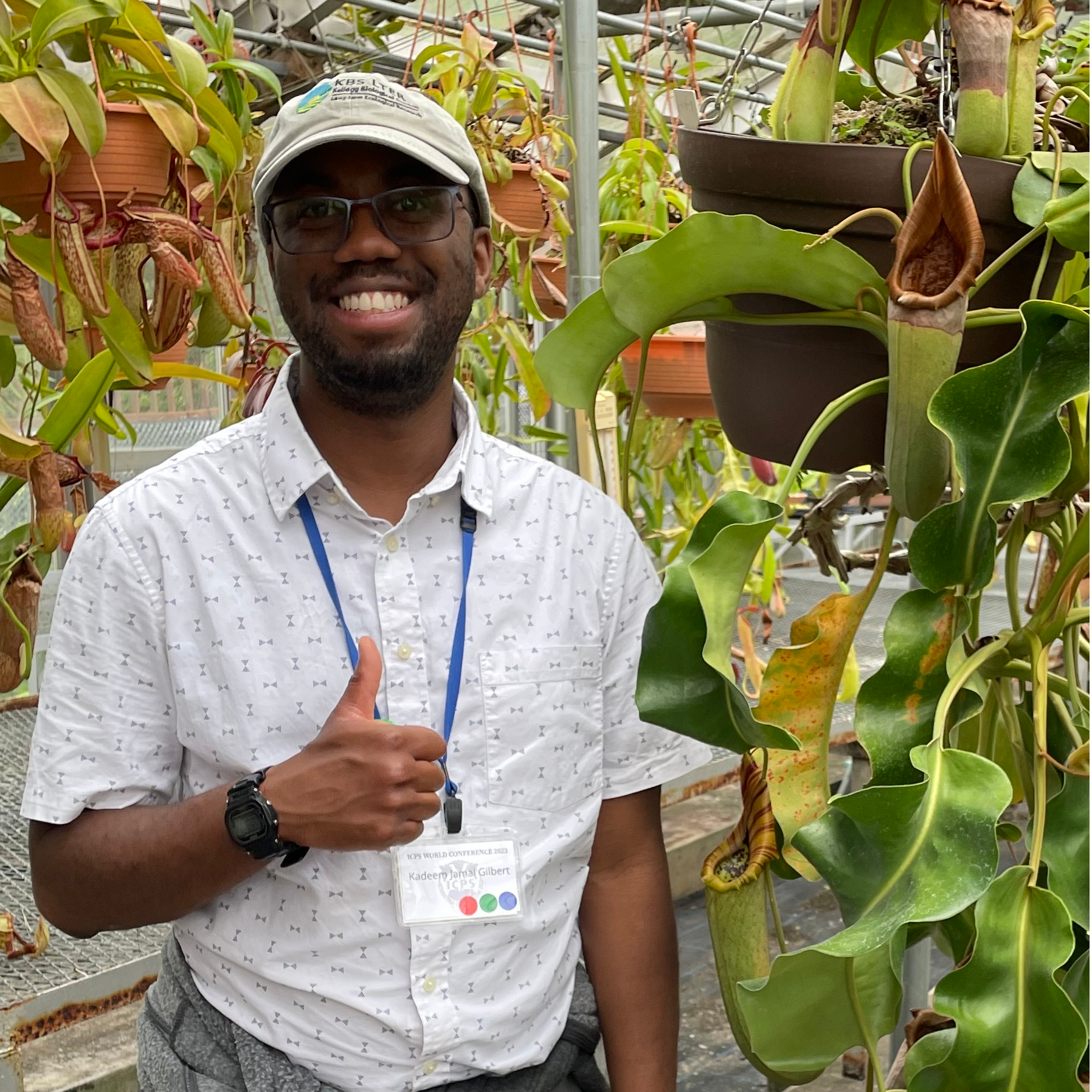About This Project
Sarracenia, a genus of North American, carnivorous pitcher plants, have garnered significant interest for their ornamental and educational value. Despite this they remain understudied by horticulturists and there is much to be elucidated about their care. We will develop best-practices for horticultural care including soil-less media formulations, nutritional recommendations, and water requirements based on empirical data, lowering the barriers to entry of education using these plants.
Ask the Scientists
Join The DiscussionWhat is the context of this research?
The genus Sarracenia, despite its environmental and cultural significance remains under-researched, especially regarding its ornamental and educational potential. To date, most of the information on horticultural care of carnivorous plants has been through anecdotal evidence, largely from passionate hobbyist growers. Prior research is limited to fewer than 5 horticultural studies, inhibiting the adoption of these charismatic plants as a model system. This project builds on our preliminary data on fertilization of pitcher plants which has historically been advised against, to develop an optimal care guide while addressing gaps in soil composition and nutrient characterization in horticultural collections.
What is the significance of this project?
This study addresses the lack of empirical research on Sarracenia horticulture by establishing foundational knowledge of optimal growing practices. The soil-less media trials and nutrient analysis will elucidate ideal growing conditions and provide rigorously tested guidelines for cultivation. This project will also characterize the effects of soil type, fertilization, and watering regimes on both root and vegetative phenotypes. Of note is that root phenotypes have never been investigated within the genus. Root phenotypes, similar to Sarracenia, are an understudied aspect of horticulture. Investigating this trait will better inform our horticultural practices and allow us to better understand how the plants interact with their below-ground environment.
What are the goals of the project?
This project aims to highlight Sarracenia’s value as an ornamental teaching tool through their unique morphology and carnivorous habit by developing a research-backed guide to best-growing practices. This guide will make growing these fascinating plants more accessible to growers of all skill levels. We aim to promote Sarracenia as a model system for education and outreach, fostering interest in plant sciences both in and outside the classroom by partnering with the MSU 4H Children’s Garden and the National 4H Program to develop and disseminate these materials and develop lesson plans. Beyond advancing horticultural knowledge, this project emphasizes community education and inspiring broader engagement with plants, helping to alleviate plant awareness disparity (formerly plant blindness).
Budget
To conduct this study, we need a large amount of mature Sarracenia plants. Mature, seed grown plants ensure we aren’t using a clonal variety and won’t have trouble in the study due to failed germination. Sarracenia typically take 3-5 years to reach flowering size which is why a single individual will cost ~$25. The rest of the materials budgeted are necessary for us to grow these plants and conduct the soil-less media study. The generic potting soil we will be using is Fafard Professional Potting Mix (Fafard® Professional Potting Mix – Fafard), a mix frequently used by commercial growers. PitMoss Peat Reduced Mix (PM1 Peat Reduced Professional Mix - PittMoss) is a commercially available mix of peat moss and perlite that would mimic some common media used for carnivorous plants. The peat moss, sand, and perlite will be used to create custom soil-less media blends based on information gathered from the hobbyist community.
Endorsed by
 Project Timeline
Project Timeline
The largest hurdle in performing this study is the initial setup and procurement of materials. Once this is overcome, the study is fairly straightforward to complete via our lab's established high-throughput imaging pipeline. Throughout the growing season, we will collect the images we need for analysis and then proceed with putting the plants in dormancy until the next spring. We will then proceed with any further experiments to increase the significance of our findings.
Dec 04, 2024
Project Launched
Jan 01, 2025
Purchase all soil-less media supplies
Jan 01, 2025
Purchase all potting supplies
Apr 01, 2025
Obtain all plant material
May 01, 2025
Begin soil-less media study
Meet the Team
Affiliates
Brent Lieb
As a graduate student in the Plants X Tech Lab, my main area of interest lies in plant genomics, as well as using new technologies to aid in high-throughput research. I look to use our study of genetics to draw connections to practical applications for our communities, as well as deepen our understanding of evolutionary biology. My goal is to help find intuitive solutions to complex scientific issues.
Mason McNair
My lab (Plants X Tech) focuses on incorporating cutting edge technology into established methods of plant science research. Our current focus is on the development of high-throughput, low-cost methods that leverage technologies like 3D printing. By creating innovative tools and resources, we aim to empower researchers and conservationists with the means to tackle challenges in a resource-efficient manner. By involving my students in projects that incorporate a wide range of data sources, collection methods, and bespoke solutions, I aim to nurture the next generation of scientists with a profound appreciation for collaboration, exploratory methods, and biodiversity in plant science.
Lab Notes
Nothing posted yet.
Additional Information
The plants for this study will be grown in the MSU horticulture greenhouses to control temperature and automate watering. All soil mixing, potting, and fertilization will be done by hand. For this study we will be using high throughput imaging software to measure the above and belowground phenotypes of our population. Nutritional analysis of the soils will be done before and after the period of the study. Vegetative nutrient analysis necessitates destroying the vegetative tissue, and as such will only be done at the end of the study.
Current Popular Growing Guides
D’Amato, P. (1998). The Savage Garden: Cultivating Carnivorous Plants. Ten Speed Press.
Project Backers
- 5Backers
- 2%Funded
- $150Total Donations
- $30.00Average Donation






